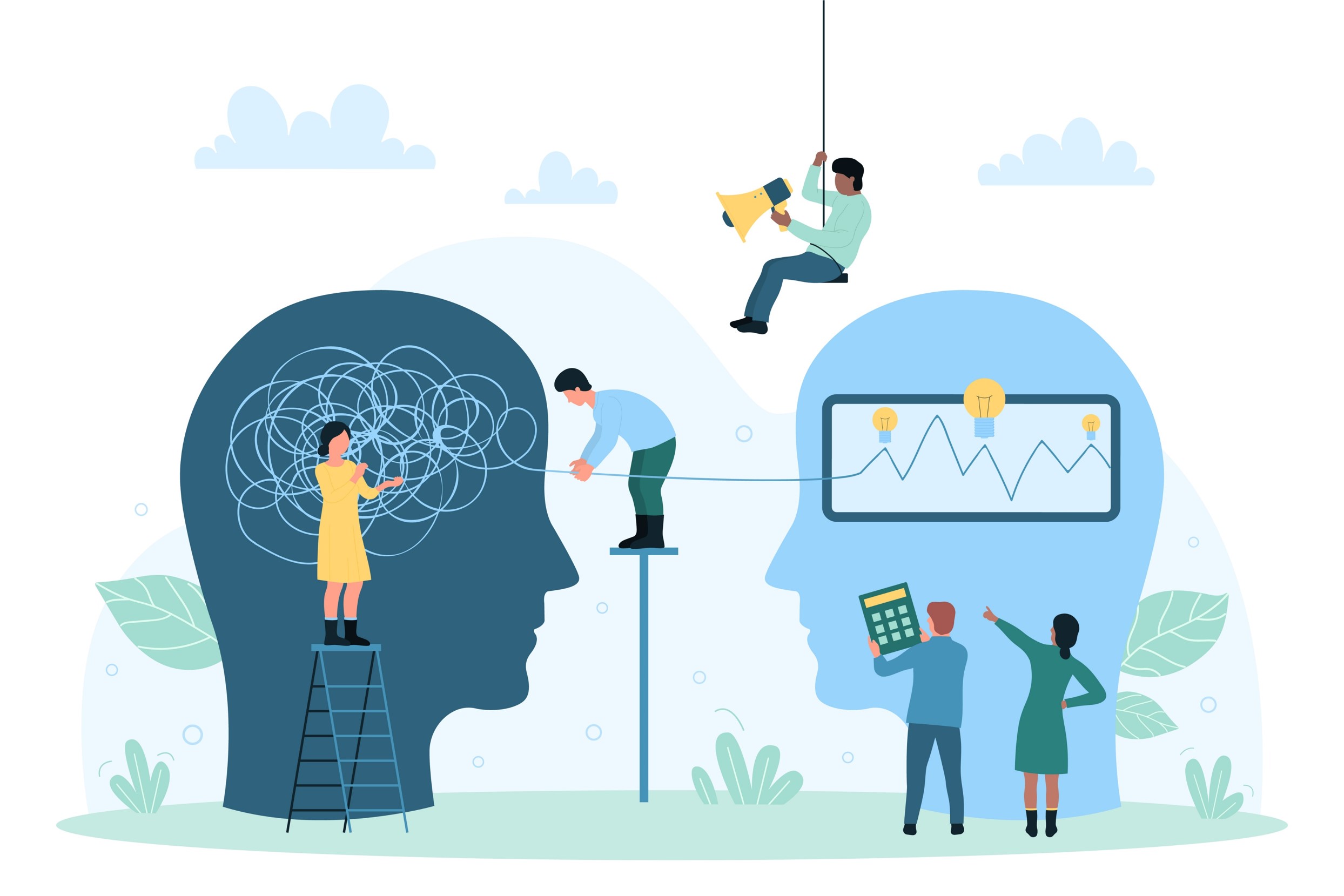
Navigating the Typical Phases of Organizational Change
Organizational leaders face a daunting task: keeping up with or staying ahead of the relentless pressure to change. We know from change management simulation data that the typical phases of organizational change initiatives need to be expertly navigated to get from where you are to where you want to be in a way that makes sense.
Expectations for the Typical Phases of Change
First, employees know that most corporate change initiatives are doomed to fail. Study after study has found that the majority of change programs fail to meet expectations. They become “flavors of the month” that disgruntled employees can just wait out until the status quo reigns supreme.
Second, change management consulting experts know that change is messy. Unlike today’s exact GPS-coordinated world, most organizational change initiatives are more akin to ancient travelers who set out on long journeys without comprehensive maps. When starting out, they only had some rough, and often inaccurate, guidance. To succeed, they had to adapt to ever-changing environments and what they learned along the way.
The same is true of navigating the typical phases of change.
5 Typical Phases of Organizational Change that Must Be Navigated
We recommend setting expectations for the typical phases of change management as a way to orient people to a desired direction while allowing for the inevitable exploration, learning, and adjustments that must be made along the way.
Is your vision for change clear and compelling enough to rally the troops?
Are the people required to bring the desired changes to life fully committed to the new way of doing things?
Have you created enough change urgency and reinforcement mechanisms to overcome resistance to the new ways of working?
Is your change implementation plan up to the challenge that you face?
Do you have a strong enough culture of accountability, experimentation, and continuous learning to sustain change momentum?
The Bottom Line
To survive and thrive, companies must continuously adapt their attitudes and ways of working. If you are embarking on organizational change, anticipate and have a plan for the inevitable roadblocks that will appear at each of the five organizational phases of change.
To learn more about how to navigate the phases of organizational change, download 5 Science-Backed Lenses of Successful Change Leadership
Explore real world results for clients like you striving to create higher performance